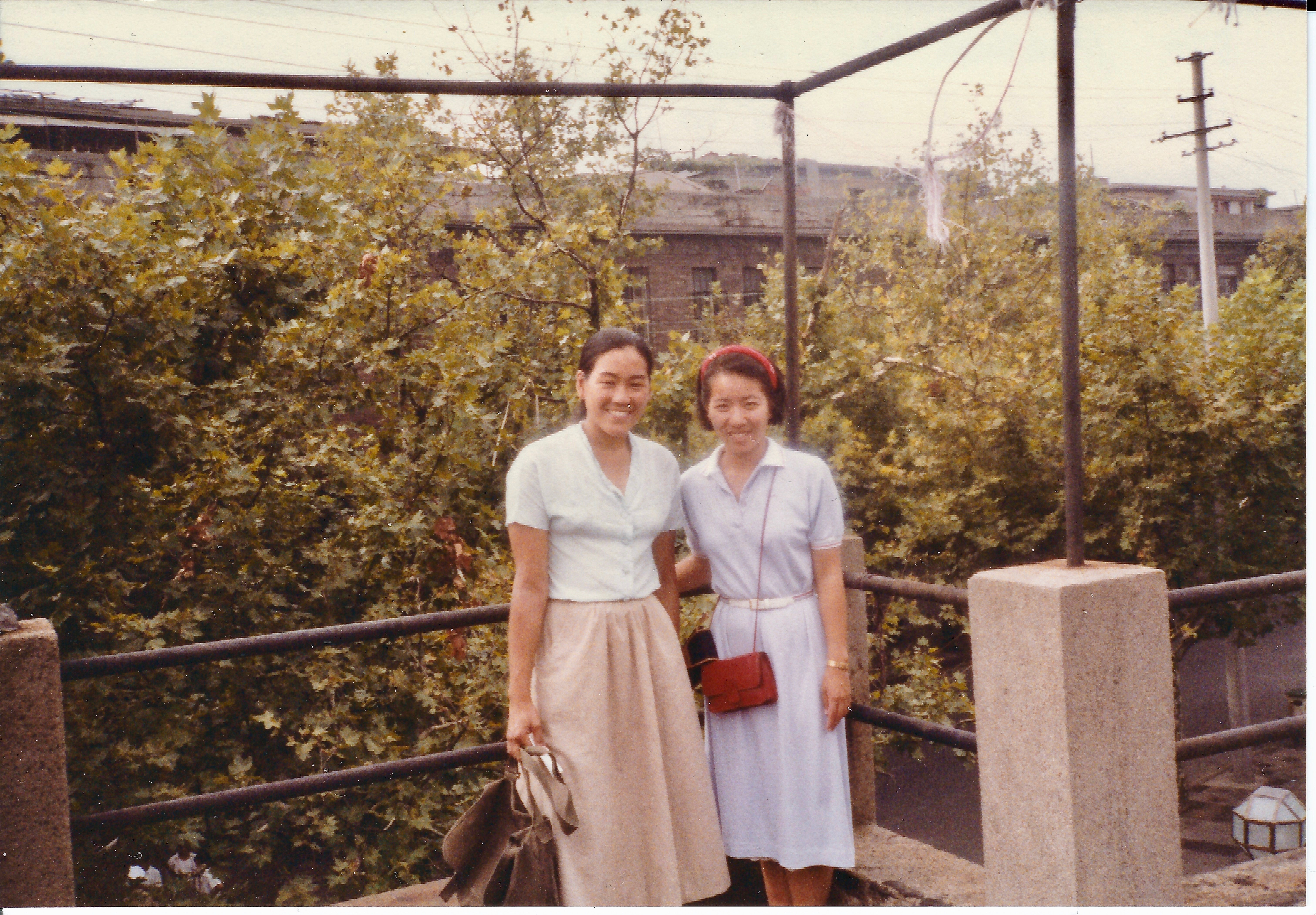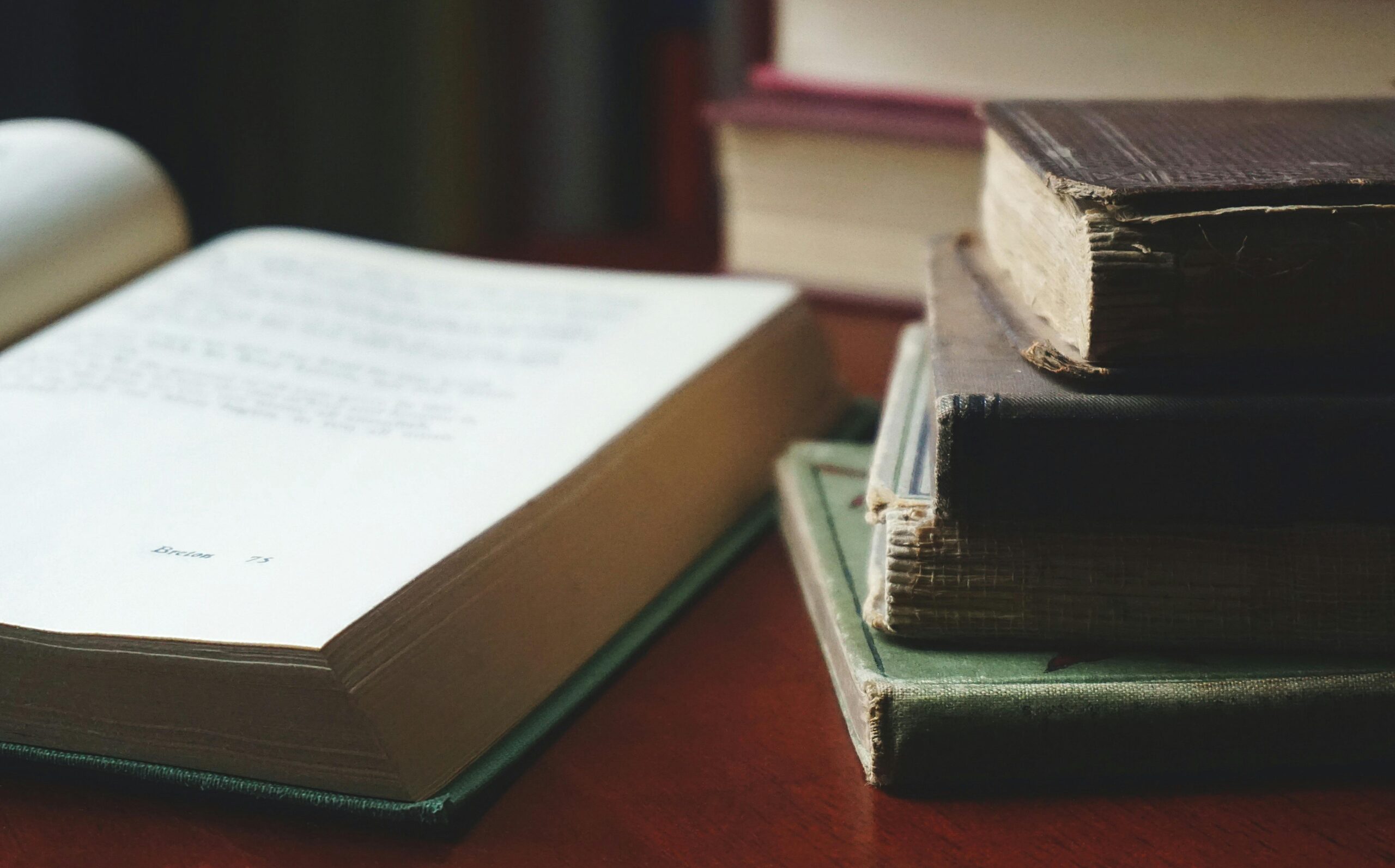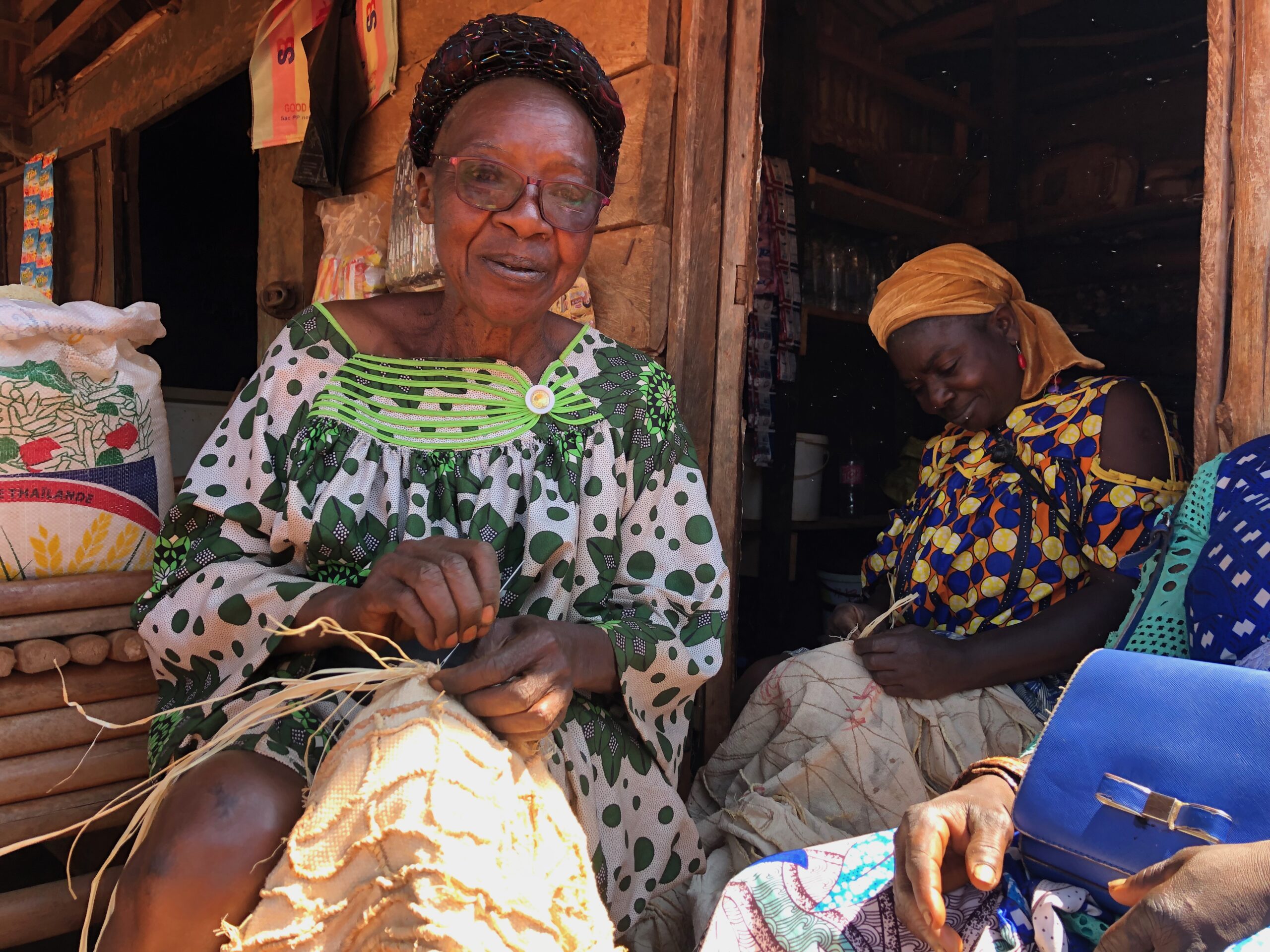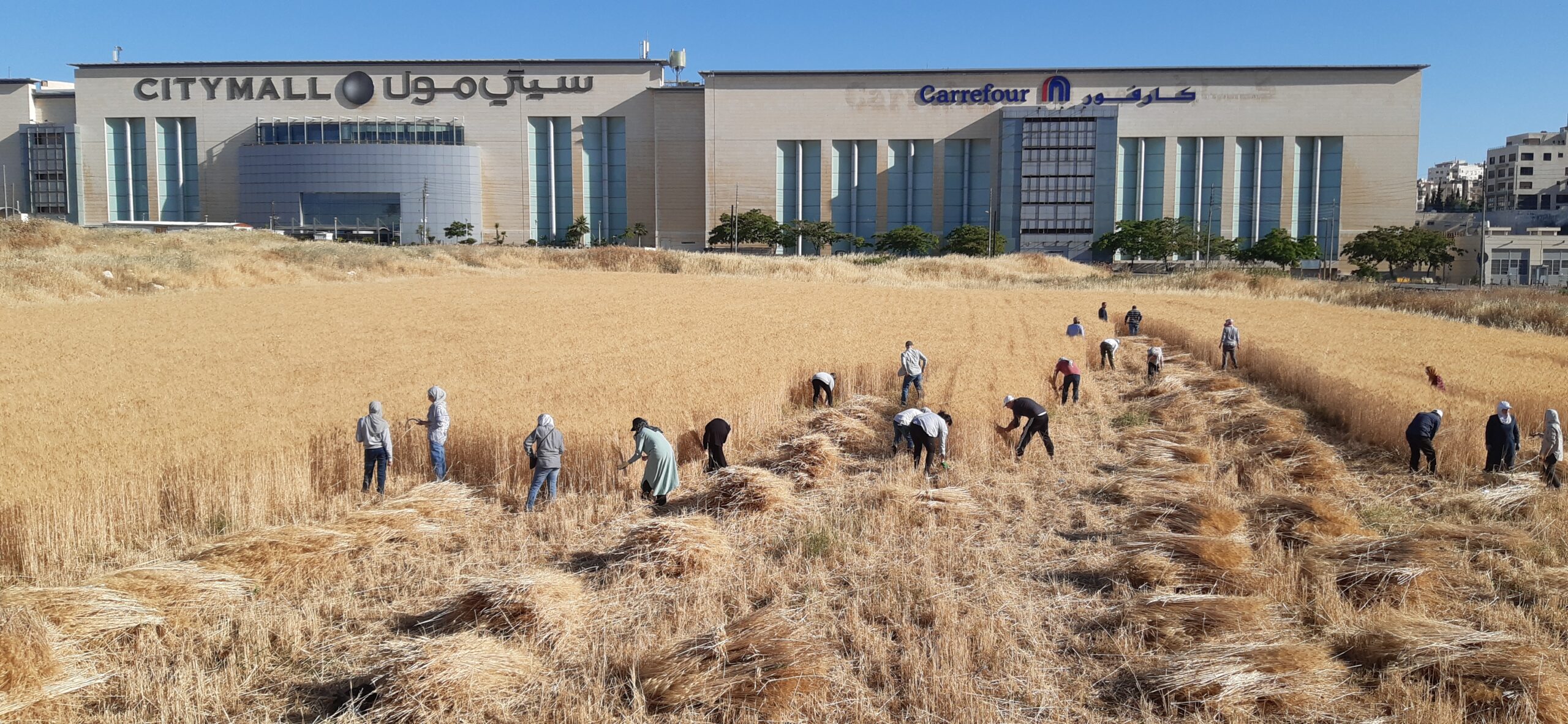By KAREN KAO

The first time I went to China was in 1984. I didn’t need a map. You could only travel in groups back then with a government handler to navigate the way and guide thoughts. We travelled from Beijing to Xi’an in a decommissioned military airplane reserved for the exclusive use of Party leaders and foreign tourists. From Xi’An to Luoyang we took a train that required eight hours to cover a distance that now needs just half that.
At all times, we were accompanied by our group handlers, Mr. Yang and Mr. Su. We three were the same age, our early twenties, and the only Chinese in the group. They could not fathom my life in America, a minority, while I could not imagine theirs, two drops in a sea of millions. We could not speak each other’s language properly and yet we managed to talk about life, child poverty, and the price of jade.
Our final destination was Shanghai, where my father was born. There I was allowed to leave the group to explore the city with my cousin Brenda. We had grown up on opposite ends of the United States: I was from Los Angeles with its vibrant Chinese communities while her family lived in Pottsville, Pennsylvania, the only Chinese for miles around. Yet Brenda was the one who’d dared to move to China. She lived in Shanghai, teaching English at Jiaotong University. She was there on her own with no support other than a map, hand-drawn by her mother, my Aunt Ruth.
I’m sure Aunt Ruth didn’t think of herself as a mapmaker. She was only trying to show her daughter the way home. Home was the Old House where my great-grandfather and our ancestor tablets lived. Home was the house where my grandfather had been born and his sister still lived. But the most important site on her map was the house on Avenue Haig. That was where Aunt Ruth and my father had lived before war and revolution drove them to America.
I imagine Aunt Ruth sitting at her kitchen table in Pottsville, laboring over her map. This is what I see.
*
The mapmaker chooses a spiral notebook small enough to fit in the palm of her hand. Its cover is a brown as clear as her daughter’s eyes.
Faint grey lines mark every page. The mapmaker ignores them all. She uncorks her ink bottle and unleashes a city. The thick black lines are for the grand boulevards: Bubbling Well Road, Avenue Joffre, the Bund. The thin blue lines are all the mapmaker can fit to show the many lanes and alleys.
She starts with the house where she was born. It’s a large building with a stout wooden fence, a garage and a flagpole. From the flagpole waves a yin-yang flag, a guide for their visitors.
The mapmaker rummages through a kitchen drawer 3,000 miles and a lifetime away from the place she once called home. At last she finds what she needs, the nub of a waxy green crayon to show her daughter where the fruit trees stand. The mapmaker is tempted to draw herself onto the page but which of her many lives should she choose?
Her fingers turn black and blue. Her thumbprint is a whorl of geography. As she props her chin onto her inky palms, meaning transfers from page to cheek. Her hand is tired but her heart is hot. Memories flow quicker than ink.
The country lanes that surrounded their home in Shanghai, a child’s wilderness or a place to exercise the dogs. The temple the mapmaker’s family always shunned, taking pride in their early conversion to a Western faith. Moore’s Methodist Church, down by the Shanghai Racetrack, where her brother went to listen to the choir.
The mapmaker paces the halls of her Pennsylvania home. Walks the streets of Shanghai in her sleep. Was the candy store left or right? The mapmaker was never good with money. She always managed to spend her allowance long before the month was over. Luckily, she had a brother who had no time to spend his. He was her lender and her best friend.
If only the mapmaker had photographs. Some way to show her daughter the past as it really was. But all she took from Shanghai were words. The mapmaker has told every story she can recall. She’s not always certain her daughter is listening.
*
My group’s itinerary for Shanghai was much like the other places we visited. In 1984, it was important for China to show progress. So, we visited the factories, workshops, and homes of model workers. We went to countless Friendship Stores where indifferent store clerks waited for us to spend our tourist renminbi.
Brenda spared me all that. By the time I’d arrived in Shanghai, she had learned her way around the city. With her mother’s map imprinted in her mind, Brenda took me to the places that were important to her mom and my dad. To me, every lane seemed to lead to possibilities. Every corner might hold memories I could bring back to my father. A photograph, a postcard, an anecdote. I could string them all together and present my gift. See these pearls I’ve brought for you, how deep I had to dive.
Most of our time, we spent in the old French Concession. Today, the plane tree shaded avenues and Art Deco architecture draw tourists. Back when Dad and Aunt Ruth lived on Avenue Haig, Frenchtown was home to British bankers, French traders, and Western-minded Chinese like my grandparents. The men would commute by Model T Ford or pedicab to their businesses on the Bund or their warehouses in the port. Then, trade was the lifeblood of Shanghai. It was also the trap that led to China’s Century of Humiliation.
For the Chinese, that dark period started in 1839 when British and other Western traders demanded access to Chinese markets. The British wanted to buy silk and silver. They offered opium in exchange. Two Opium Wars later, China ceded territory as reparation. Not as a colony like Hong Kong or Taiwan, but something new called a concession: Chinese soil over which the Chinese government had no jurisdiction.
In those days, you could rob a matron on the streets of the French Concession, then escape arrest simply by crossing the street into the walled city. Inside those walls, Shanghai was China. Outside, Shanghai was German, French, English and American. In all those places, crime was rampant.
*
The mapmaker worries whether her daughter will be safe. In the mapmaker’s day, it was common to find bodies decomposing in the street and the smell of opium in the air. For families of relative means like hers, however, kidnapping was the crime most feared. Some kidnappers could be cruel or clumsy, killing off their victims before any ransom could be paid. Other kidnappers would not release the victim until the family was financially ruined.
So, the mapmaker’s family preferred to entertain at home. For them, it was easy to hire a famous chef or a traveling puppet troupe for an evening’s entertainment. Are there still puppet shows in Shanghai? What about the dance halls and casinos that used to line Bubbling Well Road? The closest the mapmaker ever got was by reading about these places in the newspapers. Beauty contests, a grand opening, another gangland murder. There were days when the mapmaker wasn’t allowed to leave the home to go to school. She didn’t mind at all.
*
The British and the Americans anglicized the Chinese place names in their part of Shanghai, the International Settlement. The French preferred to honor their own. Marshall Foch, the writer Molière, even a saint or two found an afterlife in the French Concession of Shanghai.
To many Chinese, those names were an affront, evidence of the shameful state into which China had sunk. So, when the Communists took power in 1949, they banned all billboards and marquees in languages other than Chinese. The few foreigners who were still in the country could no longer transact business in English. The street names in Shanghai changed overnight.
The new names bore little resemblance to the old. Bubbling Well Road became Wujiang Lu, a district in Suzhou. Avenue Haig turned into Huashan Lu, a city in Anhui province. There are Concession Era maps that use the old names. Google Maps will name the streets using their modern Chinese titles. But there is no map I’ve found that will transpose the old names into the new. Families like mine and Brenda’s have to make their own.
*
The mapmaker remembers the TV broadcast. Nixon in Shanghai! She strained her eyes for glimpses of home: the cold appetizers on the banquet table, the tiny glasses for toasting good health, the bouquet of flowers given to Mrs. Nixon.
The mapmaker was thrilled to learn that Nixon and Zhou Enlai had met in Jinjiang Hotel. A place she’d passed hundreds of times on her way to school. She bought copies of Time, LIFE, anything that had photos of Nixon’s few days in Shanghai. She searched for signs of a future that might include China.
It was always the mapmaker’s intention to go back. Maybe not to live there but at least to see the place one more time. It’s the mapmaker’s daughter who’ll enter China first.
Her daughter sits at the kitchen table. She’s determined to master the Chinese language but which one will it be? Every province speaks a different dialect. Even villages inside the same province have their own unintelligible variations. The mapmaker wants her daughter to learn Shanghainese, the language of her childhood.
The Chinese government dictates otherwise. All Chinese must learn Mandarin, the dialect of the old imperial capital. A single language will unify the country as never before. All Chinese persons in a public function – a cab driver, the traffic cop, a teacher – must therefore only communicate in Mandarin. It dawns on the mapmaker that, even if her daughter masters the Chinese language, they still may not understand each other.
When her daughter leaves the table, the mapmaker rifles through her textbooks. The characters look so strange. Simplified, the Chinese government calls them. It’s another step toward unification, transforming a nation of illiterates into readers. For the mapmaker, the process is reversed. She can no longer read her mother language.
She tries to glean meaning from strange strokes. She does as her daughter, sounding out each character using a pronunciation guide. This, too, defeats the mapmaker, for the romanized spelling of Chinese characters is also based on Mandarin. Songha is home to the mapmaker. Shanghai is what her daughter learns. Home is a word the mapmaker doesn’t know how to write.
So the mapmaker fills her notebook with street names the way she learned them. Avenue Haig. Rue Bourgeat. Racecourse Road.
These streets may no longer exist. Who knows what damage the Communists have done to her childhood home? All the more reason to chart every corner, every lamppost, every ornamental rock pond. Signposts to mark the way home.
*
Brenda took me to the house where our grandfather was born and where Grandaunt Ta-An, his youngest sister, still lived. She had chosen to remain in China after the Communists took power and she paid the price. Forced to walk on glass on her bare bound feet. Sent to live in the servants’ quarters of her childhood home. By 1984, Grandaunt Ta-An was back upstairs, sharing a single bedroom with her niece and family.
Pegs on the walls stored chairs until dinner was ready. Bedrolls lay folded in a corner. Only Grandaunt Ta-An merited a bed. In honor of our visit, someone slaughtered a duck for dinner. Grandaunt Ta-An plucked it while Brenda practiced her Mandarin. Wet feathers stuck to the newspaper.
For me, understanding only one in ten words and usually only the kind ones, dinner went fine. For Brenda, it was an insult. Prying, patronizing, treated as if she were not as Chinese as anyone else at that table. She had lived long enough in Shanghai to want to be accepted as one of them.
I didn’t believe I’d ever merit that place nor did I feel the desire. I had never felt more American than during those few weeks in China. It was time for me to go home. But before I left, Brenda had one last place to show me.
The house on Avenue Haig looked a little forlorn, a molehill in the midst of high-rise buildings. Our Uncle Robert had been trying for ages to reclaim ownership of the old family home. It was hard to see why.
No grape vines shadowed the patio. The fruit trees had all been cut down. There was no garden at all, just gravel and concrete. Inside, young men in short-sleeved white shirts and tightly-cinched grey pants stared anxiously at a bank of black telephones. The family home had turned into a taxi cab company.
Would Dad want to see this? He hadn’t been to Shanghai since 1948. Would it bother him more to see what his home had become or to forget about it altogether? I looked for camera shots and angles that might not hurt. I settled on the rooftop garden, a place that seemed to me least likely to have changed. There, Brenda and I had our picture taken with a view of Shanghai to our backs.
*
The mapmaker prays her daughter will like China. What a silly word like. As if the country were a dress or a soft drink.
As for her, the mapmaker has no illusions. China may be open but the mapmaker is a foreigner now. She is a housewife in Pottsville, Pennsylvania. She plays bridge and tennis and piano. The mapmaker has become accustomed to being the only Chinese person in the room. To speaking Shanghainese only to her husband and siblings.
She’s proud of her daughter. To have learned so much in such a short time. No teacher will be better prepared. The mapmaker hopes that the students will be diligent and the fellow teachers kind. Perhaps her daughter will make friends in Shanghai. Maybe she’ll find love. A year is a long time.
All the guidance the mapmaker has to give, she’s entrusted to her map. It’s finished now. Every page is inked and dried. The colors will not run. The mapmaker traces her finger along the squiggly lanes. She grows giddy at the thought of her own child in that childhood place.
It used to take two weeks by boat from China to America. Now her daughter can fly direct from New York to Shanghai.
The mapmaker wraps the notebook in tissue. She places it in a box together with other things that her daughter will surely need. A ballpoint pen, a box of bandages and a stack of notebooks just like this one. The mapmaker expects her daughter to come back with plenty of photographs and stories. But all the mapmaker wants are new maps
Karen Kao is the author of The Dancing Girl and the Turtle, the first of four interlocking novels set in Shanghai. She is a nominee for the Pushcart Prize, VERA, and Best of the Net.
Photo courtesy of the author.




